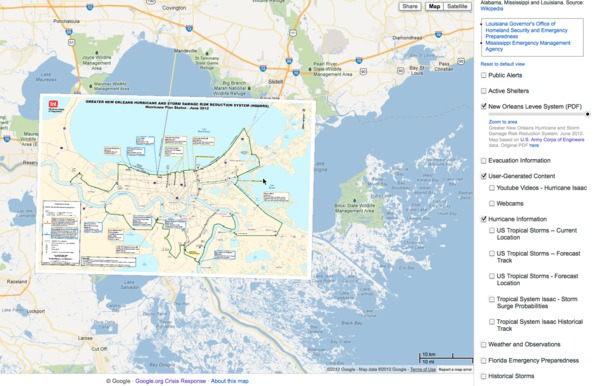TrailScribe is a concept design for how scientists could use tablet computers as enhanced field notebooks to improve their workflow.
TrailScribe is one piece of the "Digital Field Assistant" concept I first started talking about in 2011. The idea is to organize field science data collection and sharing with a combination of phones, tablets, sensors, laptop servers, and the software to make them work together.
Youngwook Jung, a very talented Ph.D. design student from KAIST, worked with me in Fall 2012 to develop interface wireframes and artwork and produce this video.
TrailScribe tablets have three main uses:
- Data collection. A scientist collecting a data set in the field can define the format of the data records they want to collect, including timestamps, GPS position, photos, bar codes identifying sample bags, and voice or touch data entry. TrailScribe can fill some of these fields automatically and simplifies others. The objective is to reduce data collection effort and produce a richer and better organized data set.
- Situation awareness. With overnight synchronization through a laptop server in the field, all members of the science team get up-to-date access to all the data collected so far, even while they are offline in the field.
- Field safety. By daily sharing of digital traverse plans and tracking check-ins with an automated roster, the team can keep better tabs on each other, improving field safety.
Young and I had so many ideas for TrailScribe that it was a real challenge to focus on just a few so we could produce a short video. One guiding principle was to look for low-hanging fruit: it's easier to change workflow than develop software, and it's easier to develop software than to develop hardware. All of the functionalities illustrated in the concept video can be implemented with off-the-shelf hardware components.
Another way of looking at TrailScribe is that it merges the field test support features we developed on the Exploration Ground Data Systems Project with our experience supporting field operations using mobile apps on the NASA GeoCam Project. This background puts us in a great position to implement the TrailScribe system.
Going forward, we're looking for a field science operation to collaborate with on a funding proposal, so we can take this past the concept design stage.
